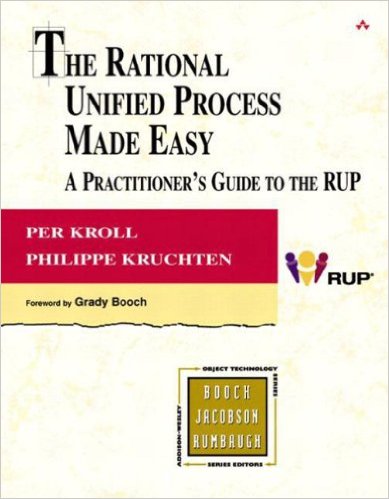It is amazing to me just how bad of an out-of-the-box experience that you can have with Tivo. For all of the good things that the product does, it’s like there’s a completely different company managing their out-of-box experience.
I wanted to summarize for folks the situation that I ran into recently when I purchased a Tivo unit with DVD recorder for the church I attend. I purchased it to record and store content from a specialized satellite subscription that the church purchased.
To start, you must use the phone line for initial connectivity and there is still no network connection on the unit I purchased. You can add a USB-based network card, however, it’s a separate accessory that you have to buy. Not a big deal in the grand scheme of things, however, it can make logistics difficult as it did for me. To get the unit started you must complete the setup calls (not setup call as seems to be the common parlance.)
So I plugged the unit into a line that I thought was an analog phone line — it turned out to be a digital phone line — and the modem burned out… when the replacement unit arrived I plugged it into the line for the fax machine (which I new was analog). It completed it’s first call and then asked me to setup the A/V sources. I go back to try to tell it that I want to specify my sources, since specialized satellite wasn’t one of my options. It forces me to make the 10 minute setup call again because I transitioned back before the call to change the sources. I get to the same screen and eventually turn the unit off and take it back to the room where the satellite is connected. When I plug it back in it forces me to go back through the setup again — including the phone call … which I can’t make because the phone is in another room. (Are we beginning to see the insanity?)
So I decide I’ll bring it home where I have phone and video together and then move it back to the church. That’s great. I start the process all over and get through the first call and the setup relatively quickly. (I was doing other things at the same time.) Then it goes to make a second call. After the third failed attempt I replaced the relatively long phone cord with a short cord. It’s still not working. Each attempt takes five minutes or more because it doesn’t restart the download and in fact it does a cleanup activity prior to starting. Needless to say it’s a painful experience. I have Vonage for one of my phone lines, the one I was using. So I eventually tried the other line and it worked … and at the end it says that the unit will be working for between four and eight hours and I shouldn’t unplug the system until it’s done. It doesn’t indicate how I will know if the unit is done, nor does it indicate if there’s a safe way to power down the system that won’t cause any issue.
What irks me most about this whole situation is that less than a dollar could have put a flow chart of setup activities in the box. Something that would have shown me the steps I’d need a phone line for, the overall process, and how to deal with common issues — however, that level of thought wasn’t put into the out of box experience — in a company that spends so much time working on user interfaces, ascetics, and other “user touch“ aspects. It’s unfathomable that they wouldn’t put more thought into the out of box experience.
I’m now sitting with a Tivo unit on my desk that needs to go back to the church. I’ve invested hours getting the unit to work for something that frankly should have just powered on, started up and let me use it as a glorified VCR without any of the issues I ran into.
By contrast, I’ve had a replay TV unit for three years now. The out of the box experience was easy. I had the option of using either a phone or the network. As I remember it, there was a basic set of instructions for what was going to happen and what I needed to do. It was an extremely installation…
Now I need to see if I can figure out how to get the unit to tape from the satellite feed back at the church or if I’m not done dealing with the setup process. At least I can connect it to the network, if I can figure that out…

